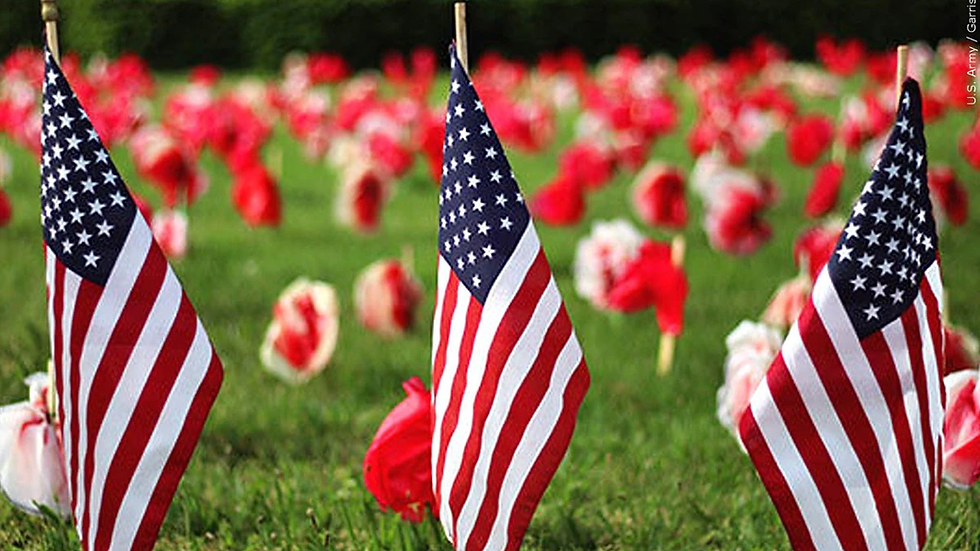National Braille Literacy Month
- Jan 9, 2020
- 2 min read
Margaret Brown, Senior
📷
Photo courtesy of Shutterstock
January is National braille literacy month because Louis Braille, the inventor of braille, was born on January 4th, 1809. January 4th is World Braille Day. At age 15 he invented braille. He got the idea from Charles Barbier’s “Night-Writing” military code, which consisted of a two by six grid of raised dots. Louis modified it into its current form of a 2 by 3 grid so that each letter can easily be read with just one finger. Louis’s invention has helped millions of people and has helped make literature accessible to the blind and visually impaired. At age 20 he published a book about braille. Although National Braille Literacy Month was created to honor the accomplishments of Louis Braille, it was also created to raise awareness of the importance of braille and to raise awareness of the blind and visually impaired community.
Despite the proven importance of blind and visually impaired people learning how to read braille, braille is becoming less common in the classroom because of audio technology. People that are blind or visually impaired and learned to read braille, who an unemployment rate of 44% compared to blind and visually impaired people that did not learn braille that have a staggering unemployment rate of 77%. Only 27 states require blind students to have access to braille resources. Braille helps blind and visually impaired people become independent, learn grammar, and have access to books. Currently, only 10% of blind students learn to read braille. 85% of blind and visually impaired students attend schools where teachers do not know how to read braille. It is particularly important for partially sighted children to learn to read braille because they have the risk of becoming illiterate. 60% of blind students drop out of school. 70% of blind adults are unemployed. The number of people certified to teach braille has been decreasing. Students that learn braille are more likely to finish school. Students that learn braille also have higher self-esteem.
Braille is not a language, but rather a system the turns letters, sounds and words into simple two by three raised dot patterns. Almost every widely spoken language has a system of braille. Math, computer science and music even have braille systems to allow the blind and severely visually impaired to do math, music and computer science. There is even braille for the feet to help blind and visually impaired people safely navigate through towns and cities on foot. Those fairly big patches of raised dots at crosswalks are an example of braille for the feet.
National braille literacy month can be celebrated by making a social media post about it or by learning how to read braille. There are many free programs that can help sighted people learn the basics of braille.
Sources:
Hall, Jasmine. "15 Facts to Share during Braille Literacy Month." NCHPAD, 20 Jan. 2012, blog.ncpad.org/2012/01/20/15-facts-to-share-during-braille-literacy-month/. Accessed 7 Jan. 2020.
"History of Braille." Braille Works, brailleworks.com/braille-resources/history-of-braille/. Accessed 6 Jan. 2020.
"National Braille Literacy Month – January." National Day Calendar, nationaldaycalendar.com/national-braille-literacy-month-january/. Accessed 6 Jan. 2020.
Youn, Grace. "National Braille Literacy Month (January)." Angeles Institute, 12 Jan. 2017, www.angelesinstitute.edu/thenightingale/national-braille-literacy-month-january. Accessed 6 Jan. 2020.




Comments